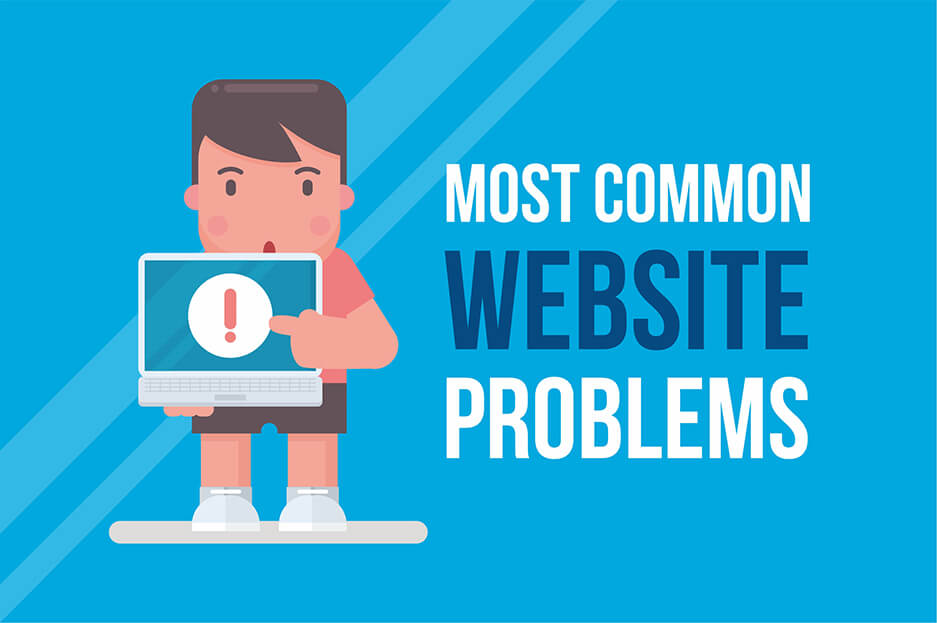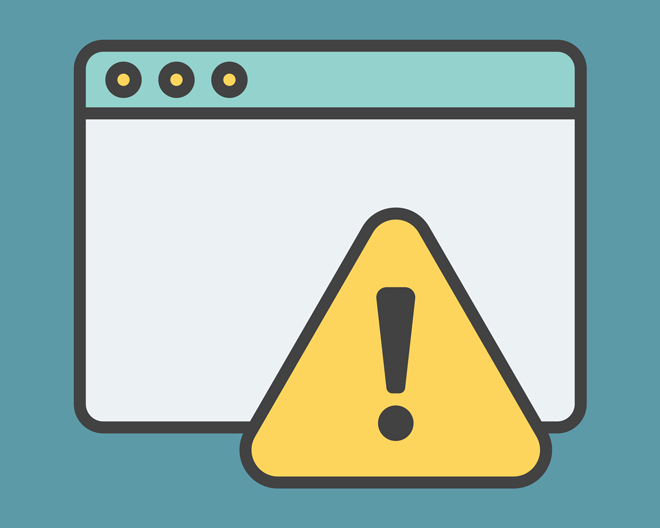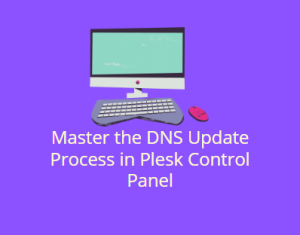
Gone are the days when businesses, be it small or large, used paperwork to do any business related activities. Every single enterprise has its own website now. A typical Web Hosting environment provided by Web Hosting Service Providers for small businesses has lots of websites sharing the same physical host. It is a service that enables individuals and organizations to make their websites accessible to the public via the World Wide Web. In essence, web hosting providers allocate space on servers, which are powerful computers, to store website files and make them accessible to users on the internet. This service allows anyone with an internet connection to view and interact with the content of a website.
Table of Contents

Common Web Hosting Problems
Several common web hosting problems can affect the performance, availability, and security of a website. Here are some of the common issues:
Downtime
Downtime is indeed a common issue in web hosting and can be caused by various factors.

- Hosting providers periodically perform maintenance tasks, including software updates, security patches, and hardware upgrades.
- Hardware failures, software glitches, or other technical problems within the hosting infrastructure.
- Problems with the data center’s network infrastructure or issues with the internet service provider (ISP).
- Cybersecurity attacks, such as Distributed Denial of Service (DDoS) attacks, hacking attempts, or other security breaches.
- Websites exceeding the allocated server resources, leading to performance issues and potential downtime.
- Mistakes made by administrators, developers, or other personnel managing the hosting environment.
- Problems with the Domain Name System (DNS) configuration, including incorrect DNS records or DNS server outages.
- Issues within the data center hosting the server, such as power outages, cooling failures, or natural disasters.
How to Overcome:
Website owners can also contribute to minimizing downtime by choosing reputable hosting providers, regularly monitoring their website’s performance, implementing security best practices, and having contingency plans in place. Additionally, communication with the hosting provider can be essential to stay informed about scheduled maintenance windows and any potential issues affecting the hosting environment.
Slow Loading Times:
Slow loading times can indeed be a significant issue in the realm of web hosting, and they can stem from various factors. Here are some common reasons why websites may experience slow loading times:

- Shared hosting environments, inadequate processing power, limited RAM, or high server load.
- Unoptimized images, videos, or other media files that contribute to large page sizes.
- Poorly written or unoptimized code, excessive use of plugins or scripts.
- Sudden spikes in website traffic that exceed the server’s capacity.
- Geographical distance between the server and users can affect latency.
- Running outdated versions of server software, content management systems (CMS), or plugins.
- Embedding media from external sources without proper optimization.
How to Overcome:
Regular monitoring of website performance, utilizing tools to identify bottlenecks, and implementing best practices in web development and optimization can help address and prevent slow loading times. It’s essential to prioritize user experience, as faster websites not only improve user satisfaction but also contribute positively to search engine rankings.
Security Vulnerabilities:
Security vulnerabilities pose a significant risk to web hosting environments and can lead to various problems, including data breaches, website defacement, loss of user trust, and legal consequences. Here are some key aspects related to security vulnerabilities in web hosting:
- Running outdated server software, content management systems (CMS), or third-party applications can expose vulnerabilities that attackers can exploit.
- Insecure passwords, default credentials, or weak authentication mechanisms can make it easier for unauthorized users to gain access.
- Poorly configured access controls may allow unauthorized users to access sensitive data or perform unauthorized actions.
- Allowing users to upload files without proper validation can lead to the execution of malicious code on the server.
- Insecure coding practices may result in vulnerabilities such as SQL injection or XSS attacks, where attackers can manipulate or execute malicious code.
- Transmitting sensitive data over unsecured connections can expose it to interception by malicious actors.
- Failing to monitor server logs and other security events can result in delayed detection of security incidents.
- Lack of awareness and training among website administrators and developers can lead to security oversights.
- Using third-party plugins, themes, or libraries with known vulnerabilities can expose the website to security risks.
How to Overcome:
Web hosting providers and website owners must collaborate to address security vulnerabilities effectively. Regular security audits, penetration testing, and adherence to security best practices can help create a more secure hosting environment. Additionally, staying informed about the latest security threats and maintaining a proactive security posture are crucial elements of a robust security strategy.
Limited Resources (Shared Hosting):
in shared hosting environments can indeed lead to various web hosting problems. Shared hosting involves multiple websites sharing resources on a single server, and while this approach is cost-effective, it comes with certain limitations. Here are some common issues associated with limited resources in shared hosting:

- When one website on the shared server experiences a surge in traffic or resource usage, it can impact the performance of other websites hosted on the same server.
- Websites that consume excessive server resources (CPU, RAM, bandwidth) may lead to limitations for other websites on the server.
- Security vulnerabilities in one website could potentially impact the security of others on the same server.
- Shared hosting plans may have limitations on scalability, making it challenging for growing websites with increasing resource needs.
- Limited control over server configurations and settings in shared hosting.
- The performance and reliability of your website can be influenced by the activities and issues of other websites on the same server.
How to Overcome:
While shared hosting is a cost-effective option for many small to medium-sized websites, it’s essential to be aware of these limitations and assess whether they align with your website’s needs. As a website grows, and if performance becomes a significant concern, upgrading to a VPS hosting or Dedicated Hosting solution may be necessary to ensure optimal performance and reliability.
Data Loss:
Data loss is a critical and severe problem in web hosting that can have significant consequences for websites and their owners. Various factors can contribute to data loss, and understanding and mitigating these risks is crucial. Here are some common reasons for data loss in web hosting:

- Hard drives or other hardware components on the server can fail, leading to the loss of stored data.
- Human errors, such as accidental deletion of files or databases by administrators or developers.
- Lack of or infrequent backup procedures, making it challenging to recover data in the event of data loss.
- Cybersecurity attacks, such as hacking, malware, or ransomware, can compromise and delete data.
- Software bugs or glitches in server applications or content management systems can lead to data corruption or loss.
- Lack of redundancy or failover mechanisms to protect against server failures or data corruption.
- Events such as earthquakes, floods, fires, or other natural disasters can physically damage data centers.
How to Overcome:
To mitigate the risk of data loss, website owners should implement a comprehensive data backup strategy, regularly test the restoration process, and consider hosting providers that prioritize data security and offer reliable backup solutions. Additionally, incorporating redundancy, implementing security best practices, and staying vigilant against emerging threats are essential components of a proactive approach to safeguarding data in a web hosting environment.





